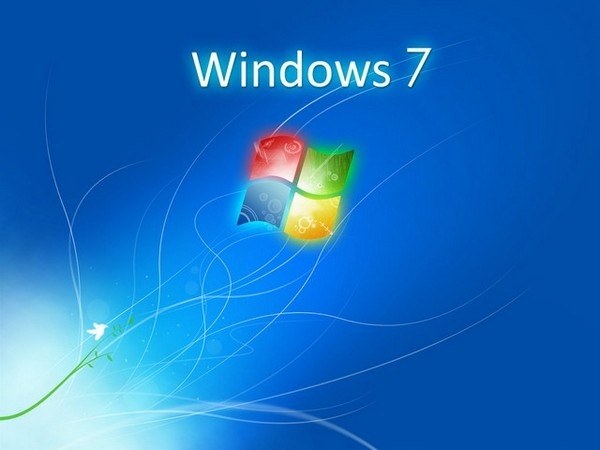Instruction
1
Each account user computer is a data set of settings that provide information about Windows 7 folders and files the user is working, and what changes in the system it can perform. These data are also stored personal settings such as desktop configuration, colors Windows, the shape of the mouse cursor, the location of the work panels, screen saver, and similar design elements. There are three types of accounts in Windows 7. Each type gives users a different level of control over the system.
2
To change user account Windows 7, go to the settings panel "start/settings/control Panel". Open the control panel window. Under "adjust your computer's settings" select "user Accounts". Click the right button on the mouse, then a window should open "user Accounts".
3
You can change the password for the account. For this you need to enter the old password and then write new one and confirm it in the box below. Be sure to create a hint to remember. If you don't want to set a password on your account can delete it by pressing the "Remove password".
4
For visual identification of its partition it is convenient to add a picture. You can choose the pictures or choose your own using the dialog box, select file. If you have dealt with this, click "Change picture". Along with the picture you are free to change your account name under "Change his name".
5
You can also transfer the admin rights from one account to another. For this you need to go to the "Change account type" and change the type of your account. If you are an administrator on this computer, you can manage all your accounts on it.
6
The monitoring account will help to avoid the installation of potentially harmful software that may damage the data of the current or all user accounts on the computer. Setting up accounts for children, working on the computer will help to set parental controls. The control includes limiting the time spent by the child at the computer, opportunities to install and use some software to access the games by type and name, setting the time intervals of access to the system.



